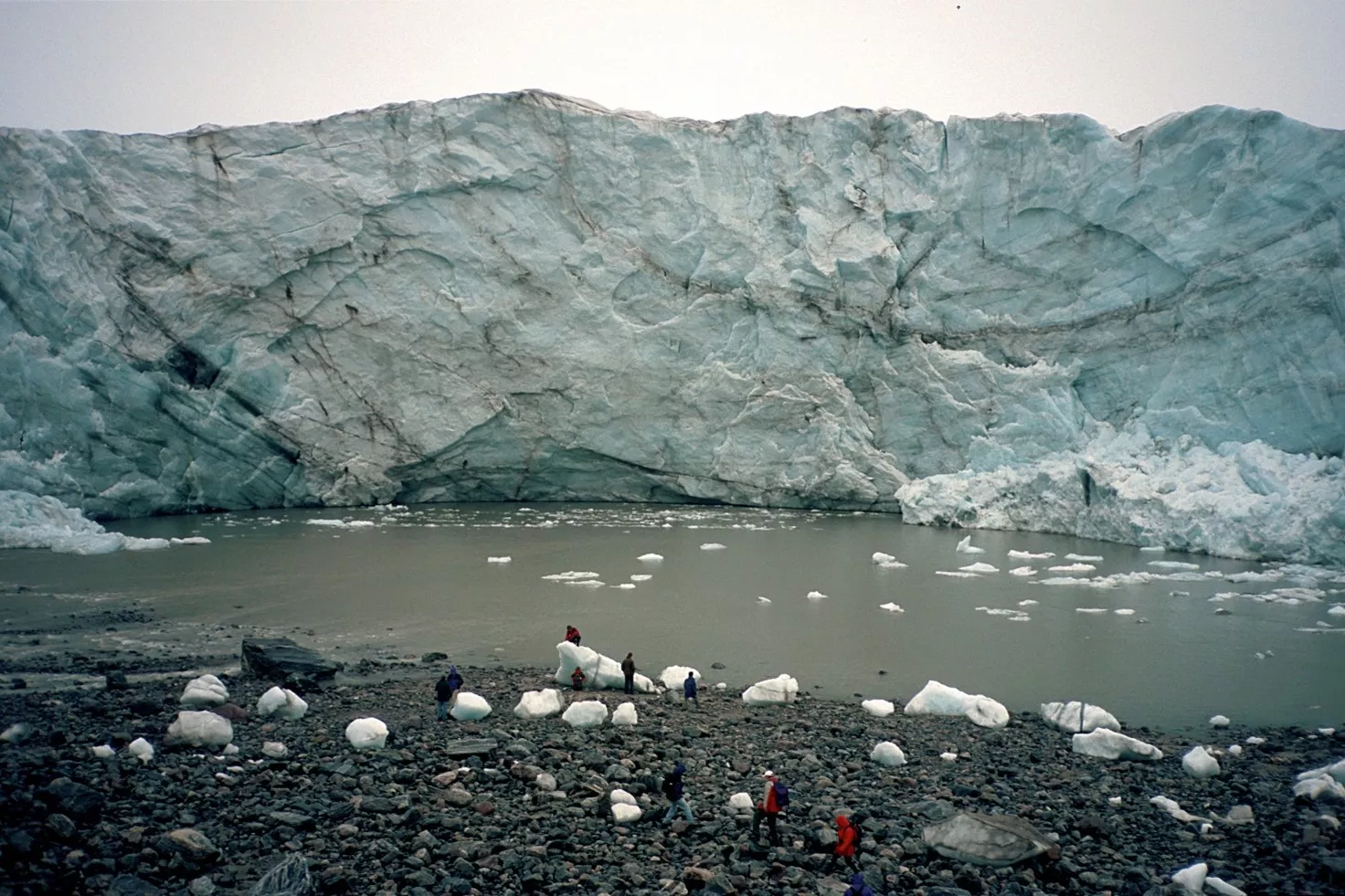Dr. Dániel Topál, a young researcher at the HUN-REN Research Centre for Astronomy and Earth Sciences (HUN-REN CSFK) participated as a section-lead author in a new review paper recently published in the journal Nature Reviews Earth and Environment. A group of international and interdisciplinary researchers, led by Prof. Edward Hanna at the University of Lincoln, UK, has reviewed evidence from observational data, the geological record and computer-model simulations in order to define priorities for new research focused on ice-sheet variability to help reduce the uncertainty in future global sea-level rise projections.
The study concludes that key new insights into ice-sheet variability and extreme events can be gained through examining not only shorter-term changes that we can observe today but also the longer-term geological record of ice-sheet behaviour. Overall, it highlights the importance of studying ice-atmosphere-ocean interactions on timescales ranging from sub-daily to centuries and millennia.
Dr. Topál’s contributions highlight the need for a better understanding of atmosphere-driven processes that determine ice sheet mass balance in both Greenland and Antarctica. He said: “Current limitations of state-of-the-art global earth system models in capturing observed warming processes over the ice sheets severely impact future projections of global sea level rise. We can have improved skill to predict future ice mass changes if we correct model biases in simulating ice-atmosphere interactions, but this task remains challenging. Having noticed this problem is the first step to be able to reduce the associated uncertainties.”
Edward Hanna, the lead-author, added: “How the giant ice sheets of Antarctica and Greenland respond to ongoing climate change is crucial for determining the rate of sea-level rise over the next few decades and centuries. Ice-sheet mass loss is not a simple uniform response to climate warming but is punctuated, for example, by short-term (typically several days long) extreme melting events and by the catastrophic break-up of ice shelves along the coast which can occur rapidly unplugging much larger amounts of ice from further inland. However, the patterns, processes and impacts of ice-sheet variability on different timescales from days through to millennia are not well understood. Failing to account for such variability can in turn result in biased projections of multi-decadal future ice-sheet mass loss.”
The study benefited from the “Ice Sheets: Weather vs Climate” workshop of The Expert Group on Ice Sheet Mass Balance and Sea Level (ISMASS), co-sponsored by the World Climate Research Programme’s Climate and Cryosphere project, the Scientific Committee on Antarctic Research, and the International Arctic Science Committee, held in Reykjavík, Iceland.
Publication:
Short- and long-term variability of the Antarctic and Greenland ice sheets | Nature Reviews Earth & Environment doi.org/10.1038/s43017-023-00509-7

Greenlandic ice sheet near Kangerlussuaq, Greenland
Credit: Edward Hanna